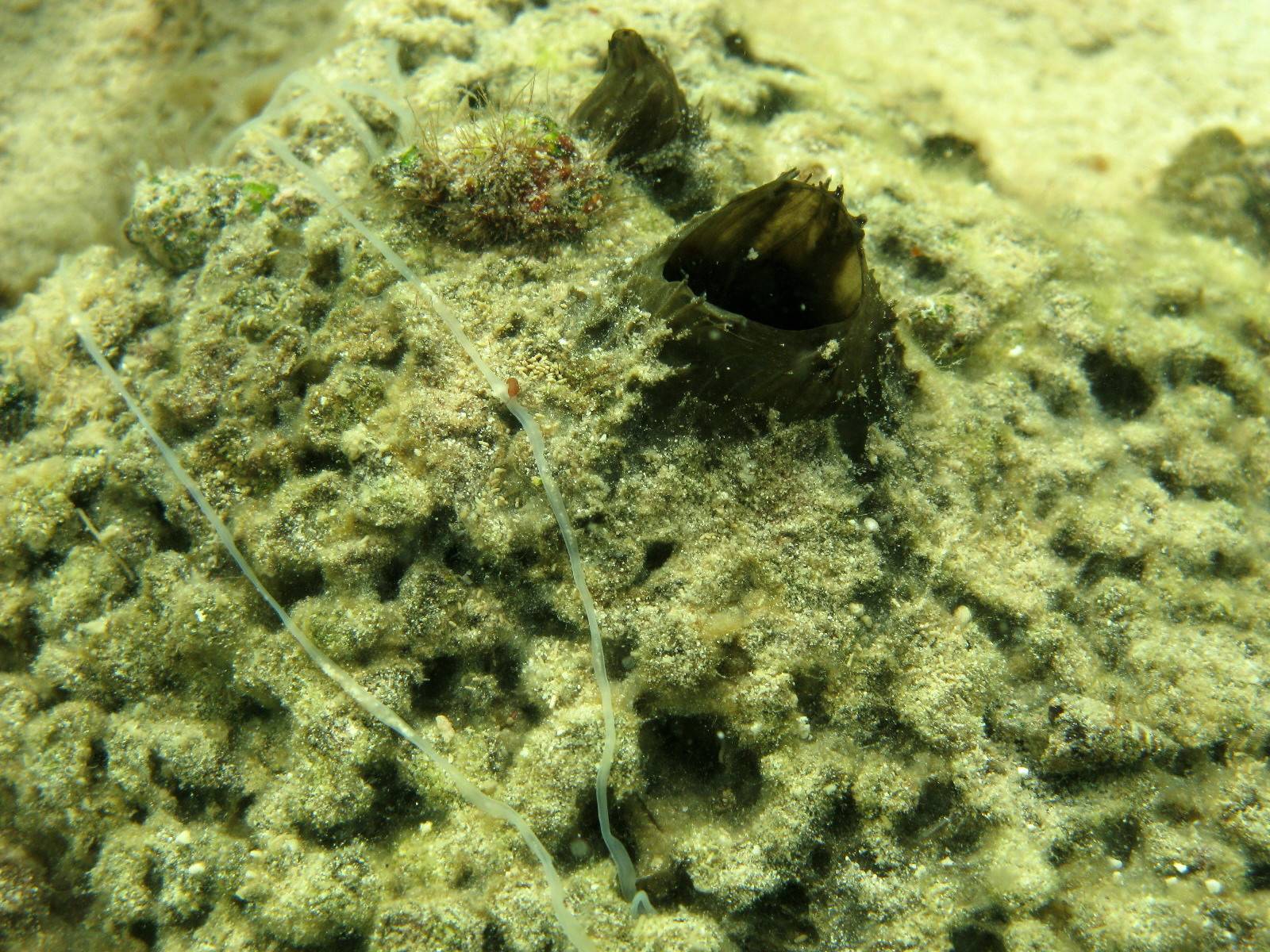Our world is in turmoil. From the chaos rises a new breed of academics, dedicated to the proposition that, amidst the fire and fury, with the seas rising around us and pandemics descending upon our communities, they alone have the foresight to lead you into the light, to guide you towards a greater good, to brace the walls and cry out, with clarity of purpose, “No More!” They will raise a clarion against that greatest of tribulations: looking sloppy while teaching on Zoom.
I get it. It’s frustrating right now. We’re all trying to figure out how to be good educators and mentors and colleagues in a new, uncertain semester of hybrid classes, asymmetric learning, and teaching from a home that perhaps reveals a little too much about the grim prospects of academia to our bright eyed students. There are ways to make it better, and there are faux pas to avoid but no one has any idea what “professionalism” looks like in the age of Zoom.
This is new ground. We are the professionals. Whatever we need to do to make the class work, provide our students with an enriching and valuable education experience, and not collapse, exhausted, into a three-week-old laundry pile where we lie, like a barnacle, until the next lecture, is professional.
But given all that, there are a few things you can do to improve the teach-from-home experience for you and for your students.




